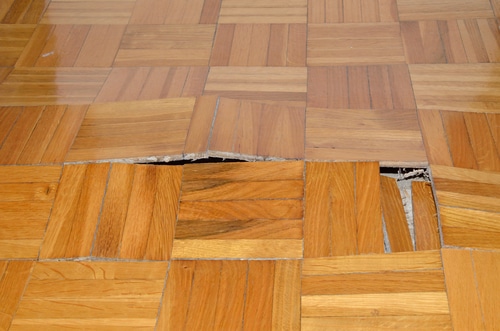Just how to Discover and Repair Water Leaks-- A Comprehensive Overview
Just how to Discover and Repair Water Leaks-- A Comprehensive Overview
Blog Article
The content following next on the subject of Locating water leaks is totally attention-grabbing. Try it and draw your own findings.

Early discovery of dripping water lines can alleviate a possible disaster. Some small water leakages might not be visible.
1. Take A Look At the Water Meter
Every home has a water meter. Inspecting it is a surefire way that helps you uncover leaks. For beginners, turn off all the water sources. Guarantee no person will certainly purge, use the tap, shower, run the cleaning machine or dish washer. From there, go to the meter and watch if it will change. Since no person is utilizing it, there need to be no motions. If it moves, that shows a fast-moving leak. Similarly, if you detect no changes, wait an hour or two and inspect back again. This suggests you may have a slow leak that might even be below ground.
2. Inspect Water Consumption
Examine your water bills and also track your water usage. As the one paying it, you need to notice if there are any kind of disparities. If you find sudden changes, in spite of your usage coinciding, it indicates that you have leaks in your plumbing system. Keep in mind, your water bill must drop under the exact same array each month. An unexpected spike in your bill shows a fast-moving leakage.
At the same time, a stable increase every month, even with the same routines, reveals you have a slow leakage that's likewise slowly rising. Call a plumber to completely examine your building, particularly if you feel a warm location on your flooring with piping beneath.
3. Do a Food Coloring Examination
When it concerns water intake, 30% comes from toilets. Test to see if they are running properly. Decrease flecks of food shade in the container and wait 10 minutes. There's a leak in between the tank and dish if the shade in some way infiltrates your dish throughout that time without flushing.
4. Asses Exterior Lines
Do not fail to remember to examine your outdoor water lines also. Should water leak out of the connection, you have a loosened rubber gasket. One little leak can throw away bunches of water and also spike your water costs.
5. Assess the situation and check
House owners ought to make it a practice to check under the sink counters as well as even inside cupboards for any bad odor or mold and mildew growth. These 2 red flags suggest a leakage so timely interest is required. Doing regular evaluations, also bi-annually, can save you from a significant trouble.
Inspect for discolorations as well as compromising as the majority of pipes and appliances have a life expectancy. If you think dripping water lines in your plumbing system, don't wait for it to rise.
Early detection of dripping water lines can minimize a possible catastrophe. Some little water leaks might not be visible. Examining it is a guaranteed way that assists you uncover leakages. One tiny leak can throw away lots of water and also spike your water expense.
If you suspect leaking water lines in your plumbing system, do not wait for it to rise.
WARNING SIGNS OF WATER LEAKAGE BEHIND THE WALL
PERSISTENT MUSTY ODORS
As water slowly drips from a leaky pipe inside the wall, flooring and sheetrock stay damp and develop an odor similar to wet cardboard. It generates a musty smell that can help you find hidden leaks.
MOLD IN UNUSUAL AREAS
Mold usually grows in wet areas like kitchens, baths and laundry rooms. If you spot the stuff on walls or baseboards in other rooms of the house, it’s a good indicator of undetected water leaks.
STAINS THAT GROW
When mold thrives around a leaky pipe, it sometimes takes hold on the inside surface of the affected wall. A growing stain on otherwise clean sheetrock is often your sign of a hidden plumbing problem.
PEELING OR BUBBLING WALLPAPER / PAINT
This clue is easy to miss in rooms that don’t get much use. When you see wallpaper separating along seams or paint bubbling or flaking off the wall, blame sheetrock that stays wet because of an undetected leak.
BUCKLED CEILINGS AND STAINED FLOORS
If ceilings or floors in bathrooms, kitchens or laundry areas develop structural problems, don’t rule out constant damp inside the walls. Wet sheetrock can affect adjacent framing, flooring and ceilings.
https://www.servicemasterbyzaba.com/blog/how-to-detect-water-leakage-in-walls/

I hope you enjoyed our topic about Finding hidden leaks. Thank you for taking a few minutes to read our article. Enjoyed reading our post? Please share it. Help somebody else locate it. Thanks a bunch for your time. Visit us again soon.
Report this page